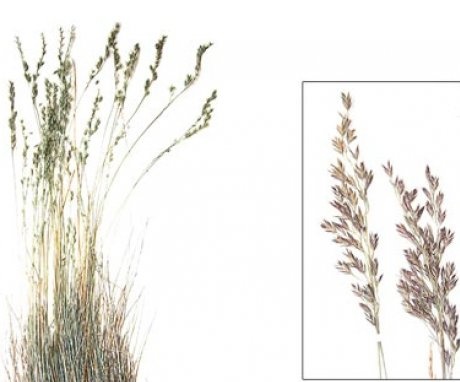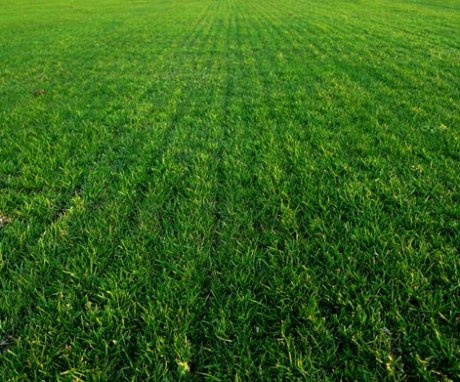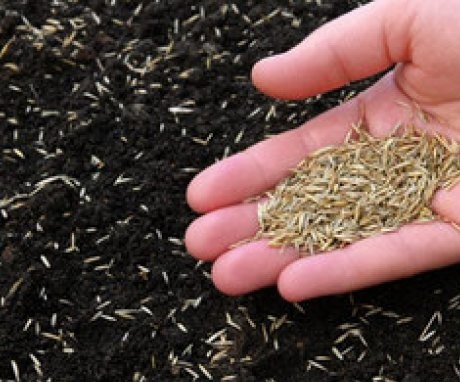Sheep fescue: description and reproduction
Sheep fescue belongs to the category of perennial plants, which is widely used to create meadow and ordinary lawns. With its help, they also create sod coverings for various purposes. This plant is very often used for planting in arid areas.
Content:
Description of the plant
Sheep fescue belongs to the family cereal plants, which can reach a height of 50 centimeters. It is characterized by the presence of creeping rhizomes, which penetrate very deeply into the soil, which allows the plant to easily tolerate drought.
Fescue characteristic:
- This plant has thin stems that are characterized by smoothness or roughness.
- The stems are characterized by the presence of a triangular top.
- On the stems are thyroid long and thin leaves, the width of which does not exceed 0.4 millimeters.
- Sheep fescue has an oblong panicle, which has deflected branches, but at the same time it spreads very weakly.
- Spikelets of this plant have flowers that are characterized by a light green color. They can be elliptical or oblong.
- The shape of the lower floral scales is characterized by lanceolate-ovate or lanceolate. They can be naked or short haired, and their apex is pointed.
This plant can be planted on rocky and poor sandy soils. Sheep fescue grows more weakly on moist soils. In such conditions, she may die altogether.
This plant is classified as drought tolerant, which makes it easy to tolerate high temperatures and exposure to sunlight. This plant is quite resistant to low temperatures. Thanks to a sufficiently developed root system, it easily tolerates frosts in winter.
Features of growing a plant
Sheep fescue tolerates drought and high temperatures very well, so it can be easily planted in sunny places.
The optimum temperature for the full growth and development of this plant is 19-27 degrees. In the event that the air temperature is higher, then this plant will grow much faster. Fescue loves a lot of light, therefore, it is best to plant it in sunny places. In the event that fescue senses an excess of sun, yellow spots will appear on its leaves.
Watering the plant:
- This plant is quite whimsical for watering.
- Sheep fescue can be watered moderately or abundantly. In this case, it is necessary to carefully monitor the soil. D
- This plant does not like very dry or waterlogged soil.
- When watering this plant, you should not overdo it, as you can harm it very much. This plant is completely unpretentious to air humidity.
The plant is completely does not need feeding... It does not require any nutrients. This plant takes everything necessary for full growth and development from the ground. In the event that in some places this plant has dried up, then it must be removed without fail, and a new plant must be sown in its place.
Sheep fescue does not require frequent transplanting. She is very fond of drained soils, which are supplemented with organic matter.In addition, this plant is able to independently release lime into the soil.
Features of the breeding of fescue
This plant can reproduce in two ways:
- By dividing the bush.
- Seeds.
When planting the seeds of this plant, they must be placed in a warm place with plenty of light.
In the event that sheep fescue is placed in a dark, dry or damp room, it will die. Also this plant can multiply by seeds with the help of the wind. In this case, the fescue is planted in the autumn, and the seeds germinate in the spring.
Propagate sheep's fescue by dividing the bush:
- It can be done both in spring and autumn.
- To do this, you need to dig up a plant bush and divide it with your hands into several parts.
- It is not necessary to use a knife or garden shears to divide the bush, as this can significantly damage the root system and negatively affect the root system of the plant and lead to its death.
- After the bush is divided into parts, it is necessary to dig a hole to transplant it.
- It should be slightly larger in diameter than the root system of the bush.
- It is necessary to place the bush in the hole in such a way that its root system is completely immersed in the ground.
Caring for sheep's fescue is quite simple, which makes it easy for even an inexperienced gardener to perform this action. This is the plant takes root very easily on various soils, which allows him to decorate a variety of terrains. In addition, sheep fescue is very resistant to various diseases and pests, which significantly increases its value.
More information can be found in the video.













